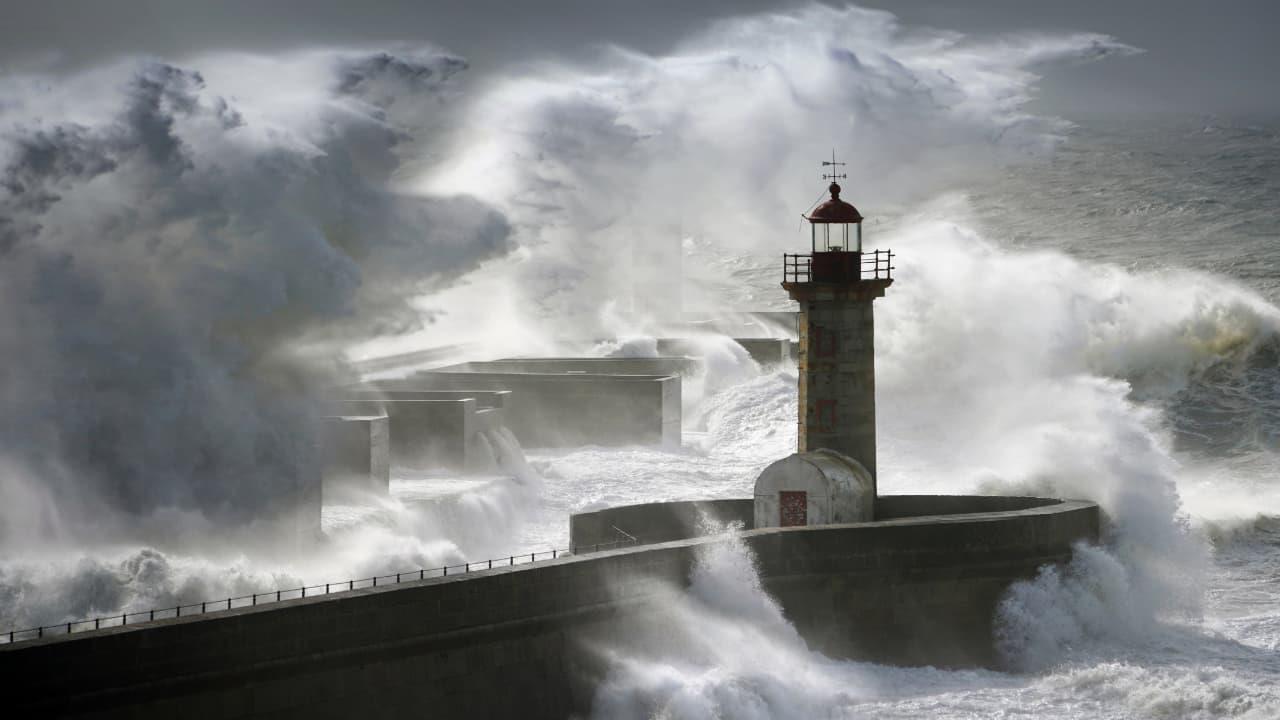
NASA's GUARDIAN System Detects Tsunamis In Real Time Using Signals From Space
In late July, a major earthquake tsunami near Russia's Kamchatka Peninsula put a new NASA system called GUARDIAN to test. This technology was able to detect the tsunami almost in real time, offering extra time for communities across the Pacific to prepare.
On 29 July, a powerful earthquake of magnitude 8.8 struck off the coast of Kamchatka in Russia. This earthquake triggered a tsunami that sent waves across the Pacific Ocean. There was no widespread damage, but it provided a key opportunity to test GUARDIAN, a new system developed by NASA's Jet Propulsion Laboratory (JPL) in California.
GUARDIAN stands for GNSS Upper Atmospheric Real-time Disaster Information and Alert Network. It detects changes in the upper atmosphere caused by tsunamis, rather than just monitoring the sea or the ground.
How Does GUARDIAN Work?
When a tsunami occurs, the movement pushes the air above the ocean up and down. This creates waves that travel into the upper atmosphere, the top layer of Earth's air. These waves affect a part of the atmosphere called the ionosphere, which contains charged particles. This disturbance changes the radio signals sent from GPS and other satellite systems back to Earth. Normally, these signals are corrected by ground stations. However, GUARDIAN uses these small changes as signals to detect a tsunami.
The system collects data from more than 350 ground stations worldwide. These stations receive signals from the Global Navigation Satellite System (GNSS), which includes GPS satellites and others used for positioning and timing. By watching for unusual changes in these signals, GUARDIAN can detect tsunamis up to about 1,200 kilometres (745 miles) away from a station.
Why Is This Important?
Traditional tsunami warnings depend on measuring the earthquake and then confirming a tsunami using expensive sensors. Usually, it takes time to confirm a tsunami and issue warnings, which can limit the time people have to prepare or evacuate.
GUARDIAN provides near-real-time data that can alert experts about a tsunami much sooner. In the case of the Kamchatka tsunami, GUARDIAN detected signs of the wave 20 to 40 minutes before it reached places like Hawaii and other Pacific islands.
GUARDIAN is not meant to replace current tsunami warning systems, but to add an extra layer of information. Christopher Moore, director of the National Oceanic and Atmospheric Administration's Tsunami Research Centre, said GUARDIAN offers a new perspective by observing the ocean from space rather than just from the sea or land.
What Else Can Cause Tsunamis?
Most tsunamis are caused by large underwater earthquakes, but other events like volcanic eruptions, underwater landslides, and even certain weather conditions can also trigger dangerous waves.
Although we cannot stop tsunamis, better detection and earlier warnings can save lives and reduce damage to property. GUARDIAN offers open access to its data, allowing countries around the world to improve their own early warning systems. Early detection could mean coastal communities have more time to evacuate and prepare when tsunamis threaten, making a big difference in protecting people and property.
Legal Disclaimer:
MENAFN provides the
information “as is” without warranty of any kind. We do not accept
any responsibility or liability for the accuracy, content, images,
videos, licenses, completeness, legality, or reliability of the information
contained in this article. If you have any complaints or copyright
issues related to this article, kindly contact the provider above.
Most popular stories
Market Research

- Zebu Live 2025 Welcomes Coinbase, Solana, And Other Leaders Together For UK's Biggest Web3 Summit
- Ozak AI Partners With Pyth Network To Deliver Real-Time Market Data Across 100+ Blockchains
- Solotto Launches As Solana's First-Ever Community-Powered On-Chain Lottery
- Stocktwits Launches Stocktoberfest With Graniteshares As Title Partner
- Casper (CSPR) Is Listed On Gate As Part Of Continued U.S. Market Expansion
- VUBE Exchange Announces Unified Account Integration Across VUBE Pro, VUBE Plus, And VUBE Max




















Comments
No comment